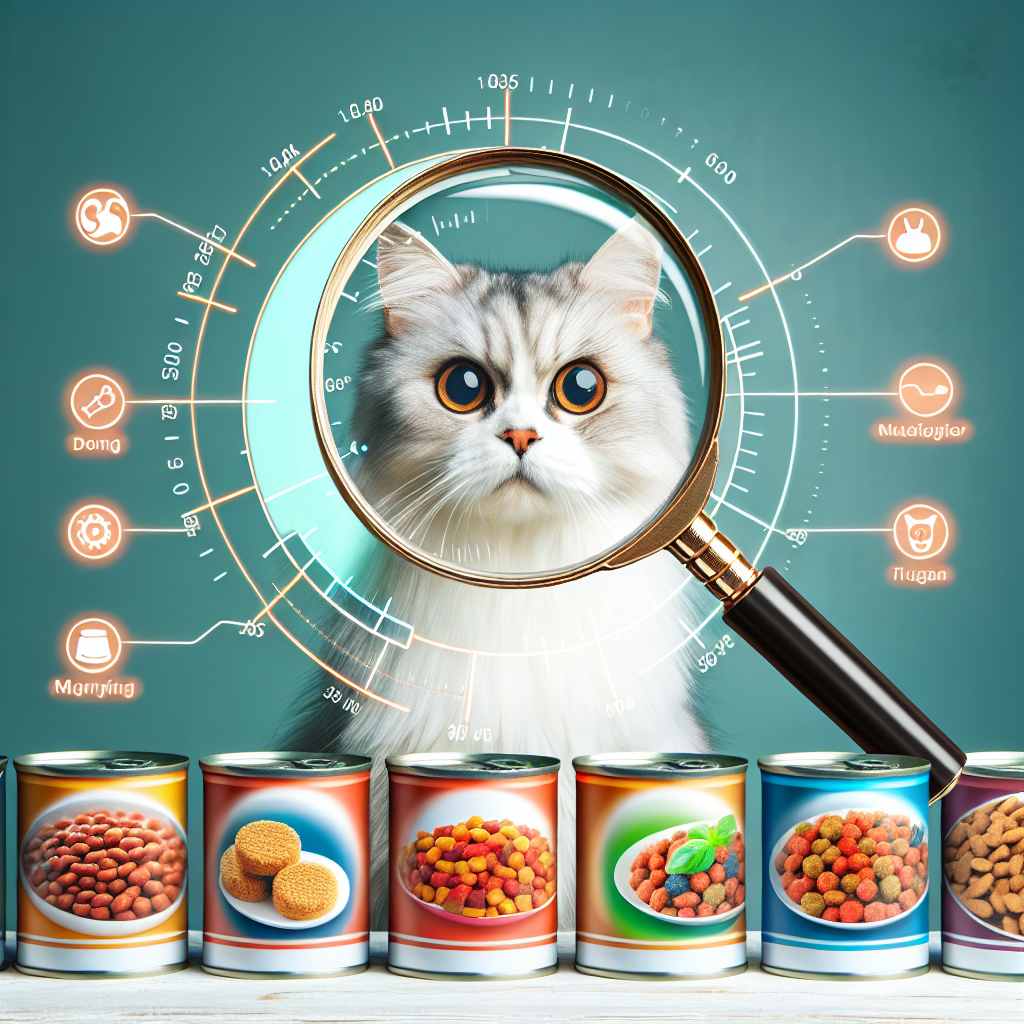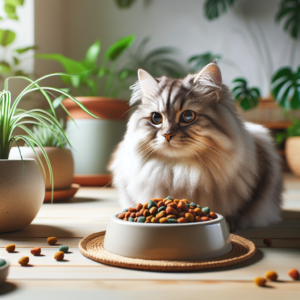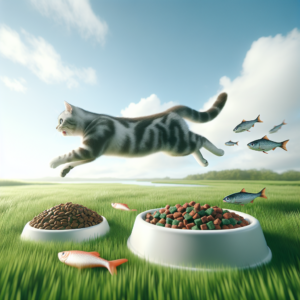
Understanding what’s in your cat’s food is crucial for ensuring their health and well-being. With the multitude of options available, deciphering cat food labels can be a daunting task. This guide aims to provide expert insights into understanding these labels, helping you make informed decisions for your feline friend’s nutrition.
The Importance of Reading Cat Food Labels
Cat food labels offer a wealth of information about the nutritional content, ingredients, and quality of the food. By understanding these labels, you can ensure your cat is getting a balanced diet that meets their nutritional needs. Proper nutrition is vital for maintaining a healthy weight, boosting the immune system, and preventing various diseases.
Understanding the Guaranteed Analysis
The guaranteed analysis section provides a breakdown of the nutrient content in the cat food. This includes percentages of crude protein, crude fat, crude fiber, and moisture. It is important to note that these values are not exact but minimum or maximum guaranteed amounts.
Crude Protein
Protein is a crucial component of a cat’s diet. Cats are obligate carnivores, meaning they rely heavily on animal-based proteins to meet their nutritional needs. Look for foods with high protein content from quality sources like chicken, turkey, or fish.
Crude Fat
Fats provide energy and essential fatty acids that support skin and coat health. The source of fat is as important as the amount. Look for specific sources like chicken fat or fish oil rather than generic terms like “animal fat.”
Crude Fiber
Fiber aids in digestion and helps prevent hairballs. While cats do not require a high fiber diet, a small amount can be beneficial. Ensure the fiber comes from quality sources such as beet pulp or pumpkin.
Moisture
Moisture content is higher in wet foods than dry foods. Cats naturally have a low thirst drive and often do not drink enough water. Wet food can help maintain hydration, which is vital for kidney and urinary tract health.
Ingredient List: What to Look For
The ingredient list is crucial for determining the quality of the cat food. Ingredients are listed in order of weight before cooking.
Named Animal Proteins
Look for named animal proteins like chicken, beef, or salmon as the first ingredient. Avoid foods that list vague terms like “meat” or “animal” by-products.
By-Products and Fillers
While some by-products can provide nutrients, they often vary in quality. Fillers such as corn and soy are used to bulk up the food but offer little nutritional value. Opt for foods with minimal fillers and high-quality ingredients.
Artificial Additives
Avoid foods with artificial colors, flavors, or preservatives. Opt for natural preservatives like mixed tocopherols (vitamin E) instead.
Decoding the Nutritional Adequacy Statement
The nutritional adequacy statement indicates whether the food meets the nutritional levels established by the Association of American Feed Control Officials (AAFCO). It also specifies the life stage the food is intended for: growth, maintenance, or all life stages.
Complete and Balanced
A food labeled as “complete and balanced” has been formulated to provide all essential nutrients. It can serve as the sole source of nutrition for your cat.
Life Stage Considerations
Kittens, adult cats, and seniors have different nutritional needs. Ensure you choose a formula that matches your cat’s life stage for optimal health.
Special Considerations: Grain-Free and Limited Ingredient Diets
In recent years, grain-free and limited ingredient diets have gained popularity. While they can be beneficial for some cats, they are not necessary for all.
Grain-Free Diets
Grain-free diets are designed for cats with grain allergies or sensitivities. However, grains are not inherently bad for cats and can be a valuable source of nutrients. Consult with your veterinarian before switching to a grain-free diet.
Limited Ingredient Diets
Limited ingredient diets contain fewer components, making them easier to digest and reducing the risk of allergic reactions. They are a good option for cats with food sensitivities or allergies.
Consulting Your Veterinarian
Before making significant changes to your cat’s diet, consult your veterinarian. They can offer personalized advice based on your cat’s health, age, and lifestyle. Regular check-ups ensure your cat stays healthy and receives the nutrition they need.
Conclusion
Deciphering cat food labels can seem complex, but understanding the basics can make a significant difference in your cat’s health. Focus on high-quality proteins, minimal fillers, and appropriate nutritional adequacy for your cat’s life stage. By making informed choices, you can provide your feline companion with the nutrition they need to thrive. Always remember to consult your veterinarian to tailor your cat’s diet to their specific needs.
#ChatGPT assisted in the creation of this article.







